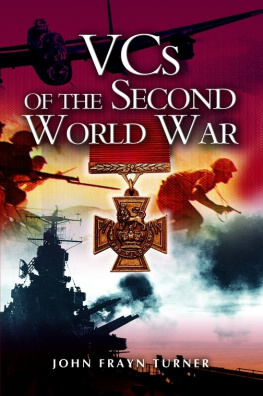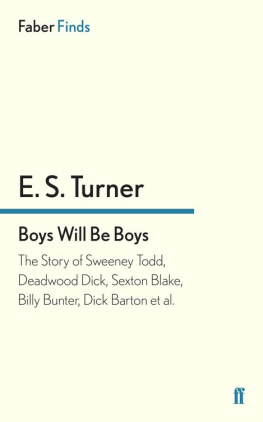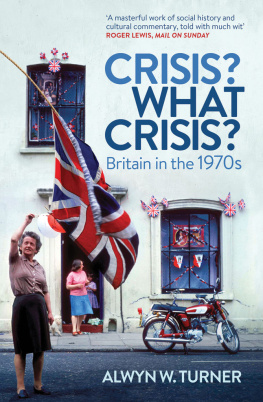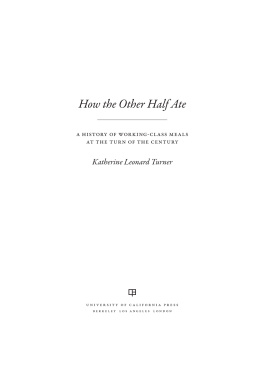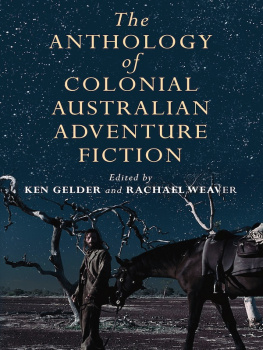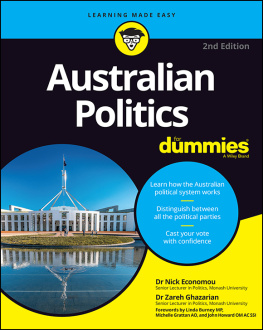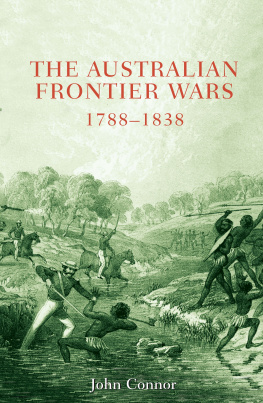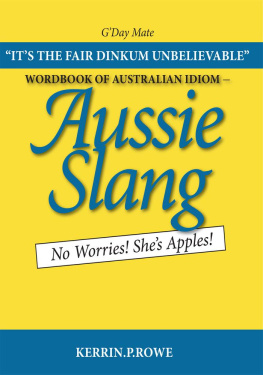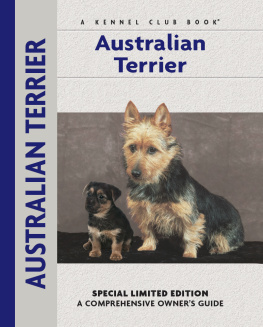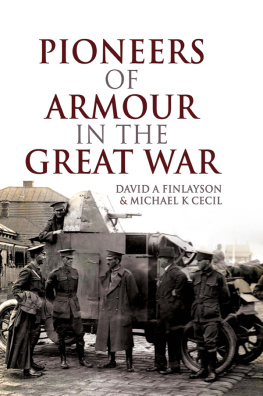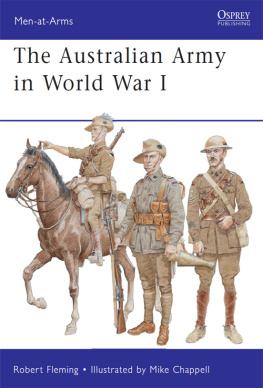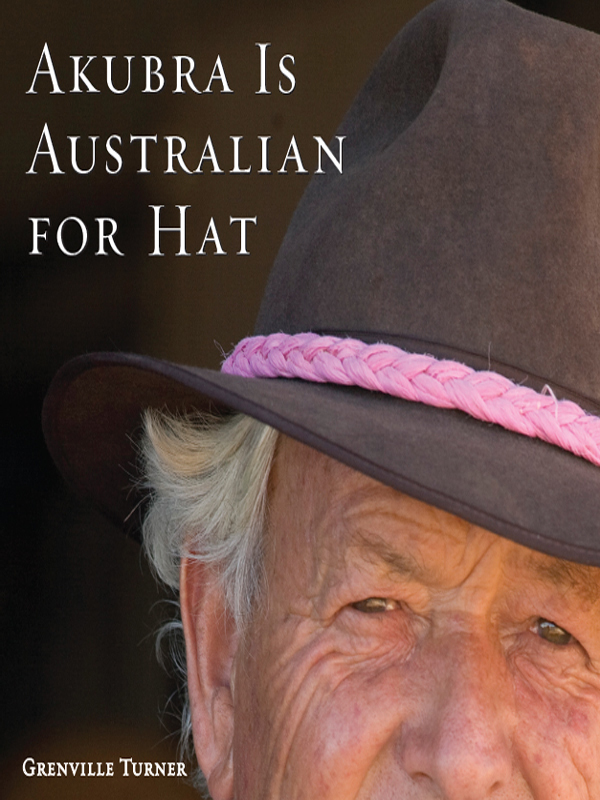AKUBRA
IS AUSTRALIAN FOR HAT
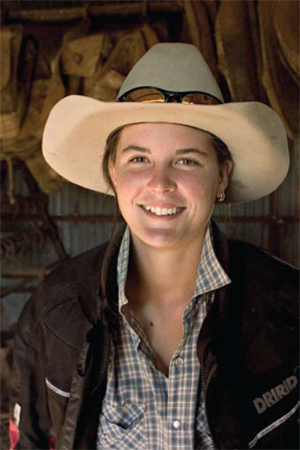
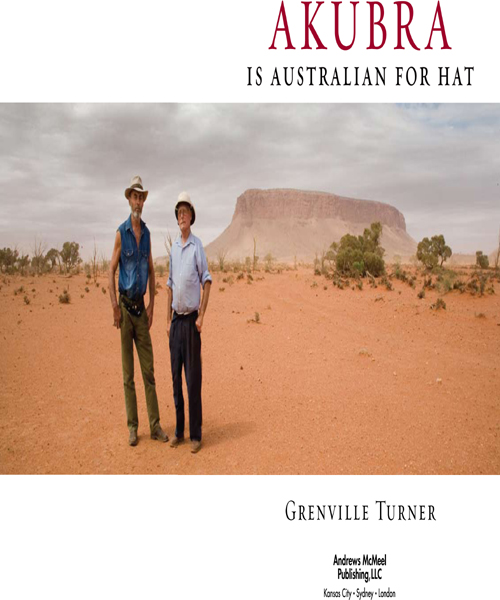
Akubra Is Australian for Hat copyright 2009 by Grenville Turner. All rights reserved. Printed in China. No part of this book may be used or reproduced in any manner whatsoever without written permission except in the case of reprints in the context of reviews. For information, write Andrews McMeel PublishingAustralia Pty Limited, Level 1, 3 Brady Street, Mosman, NSW 2088, Australia.
E-ISBN: 978-0-7407-9850-4
Library of Congress Catalog Control Number: 2009922828
www.andrewsmcmeel.com
ATTENTION: SCHOOLS AND BUSINESSES
Andrews McMeel books are available at quantity discounts with bulk purchase for educational, business, or sales promotional use. For information, please write to: Special Sales Department, Andrews McMeel Publishing-Australia Pty Limited, Level 1, 3 Brady Street, Mosman, NSW 2088, Australia.
Cover: Darwin carpenter Stephen Talbot wears an Akubra Rough Rider.
Half title page: Kimberely Lane, a jillaroo on Anna Creek Station, South Australia, wears her hat to shade her from the sun.
Title page: Father and son, Ashley and Peter Severin, stand in front of Curtin Springs Stations finest feature: Mt. Conner, a 700-million-year-old mesa that lies about 100 kilometres east of Uluru in the southwest of the Northern Territory. The dust storm that swirls behind the two cattlemen and the stark red dirt with not a hint of green demonstrate the hardships endured by the pastoralists of the Red Centre.
For Luke Fay-Turner
CONTENTS
FOREWORD
We must continue the fight against cancer because it is a First World disease about which we still have a lot to learn.
I rather value the fact that if I temporarily take off my hat of thinking about antibodies, immunological tolerance and the immune system in relation to cancer, I can put on another hat and say, Put on your hat and protect yourself from skin damage from the sun.
A broad-brimmed hat provides excellent sun protection for the face, head, neck and ears. By encouraging family members, friends and work colleagues to wear a hat, we can all work together to ensure the welfare of our community.
Professor Emeritus Sir Gustav Nossal, AC CBE,
Australian of the Year 2000,
Patron of the Cancer Council of Australia
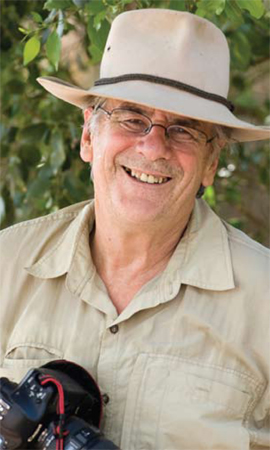
Grenville Turner, on location during the shoot for Akubra Is Australian for Hat. (Photographed by Grant Hunt)
INTRODUCTION
I n 1984 I started seriously photographing people who wore the Akubra hat. After I had spent three years on the road and some more time in Sydney working on the project, the first edition of Akubra Is Australian for Hat was published in 1988.
For many years I considered remaking my hat book, and in 2008 I set forth around Australia looking for new hats and new stories. Over the years Ive travelled many thousands of kilometres throughout Australia, and I have a network of friends and acquaintances, which in some ways made this new journey somewhat easier.
I followed a very similar route to the first journey, starting off at the Akubra hat factory in New South Wales and heading through western and northern New South Wales, up into Queensland, across the top to Darwin and down through the Northern Territory to the Red Centre into South Australia and Victoria.
I met some of the local legends of the outbackpeople like Bill King, who was the first tour guide to take tourists into the outback; R. M. Williams, who started off as Sidney Kidmans saddler; Peter Severin, who built the first landing strip at Ayers Rock by hand in addition to developing his remote cattle station; and Ian Conway, a modern pioneer who created a thriving tourism operation alongside his cattle station.
I visited the biggest cattle properties, not just in Australia but worldwide. I met very special people who not only wore a hat but also had fascinating stories to tell. It was an honour to meet these people and share a slice of their life.
I currently wear an Akubra Cattleman hat that protects me from the sun and hard knocks when Im walking through the bush. It also regularly acts as a lens shade for my camera and is often used to shelter it when its raining.
Grenville Turner
HATS FOR THE MAN OF THE LAND
Advertisement in R. M. Williams catalogue, 1972
A bushman expects a lot from a hat. It must stand up under the punishment of sun, rain, wind and rugged use. It must be a water your dog, fan the fire model. Akubras have been Australias leading hat makers for over half a century, and their hats are made to take this kind of treatment and still retain that authentic stockman look right through their long life. You can be sure that whichever style of Akubra you buy, either for bush work or town wear, it will serve you well.
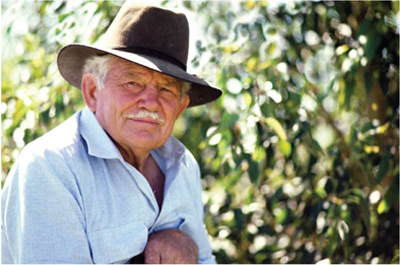
R. M. W ILLIAMS
A true son of the bush, R. M. Williams was still competing in the Winton to Longreach endurance ride in Queensland well into his 70s. He began his business empire in 1932 when he sold a handmade pack saddle to legendary cattle king Sir Sidney Kidman for five pounds. He is seen here wearing his Stetson, made under licence by Akubra. R. M. never went without his hat.

S TEPHEN K EIR
Akubra Hat Factory
The fifth generation of the Keir family to take the helm of Akubra at the headquarters in Kempsey, New South Wales, Stephen Keir is the managing director and wears a Traveller. Its hard to know which one to wear when you have so many, but I usually wear the Traveller. You have to protect yourself from the sunthats what Id say for hats in general.
THE STORY OF THE AKUBRA
T his book is about hatsAkubrasand the people who wear them. Behind every face under each hat is a representation of the landscape of Australiathe age, the mystery, the new, the old and most of all the colour and diversity of the people who together make Australia special.
The Akubra has nothing to do with class. For almost 100 years it has been worn by station hands, property owners, rouseabouts, railway fettlers, trappers and shooters, soldiers and, in the twenty-first century, by a legion of everyday Australians as a national insignia.
It was in August 1912 that the trade name Akubra, believed to be an Aboriginal word for head covering, came into use. However, the companys beginnings started earlier than that, in the 1870s, when a young engineer from Britain, Benjamin Dunkerley, established a small fur-cutting business in Tasmania. Ten years later, he moved his business to Sydney, where he opened a modest hat manufacturing plant in Surry Hills. There he met youthful hat maker Stephen Keir, who came from Manchester and whose expert workmanship impressed Benjamin. Stephen was soon manager of the hat-making business and became a son-in-law by marrying Benjamins daughter, Ada. Since that time, the hat-making firm has been in the hands of succeeding generations of the Keir family. Today Stephen Keir IV is the managing director.


